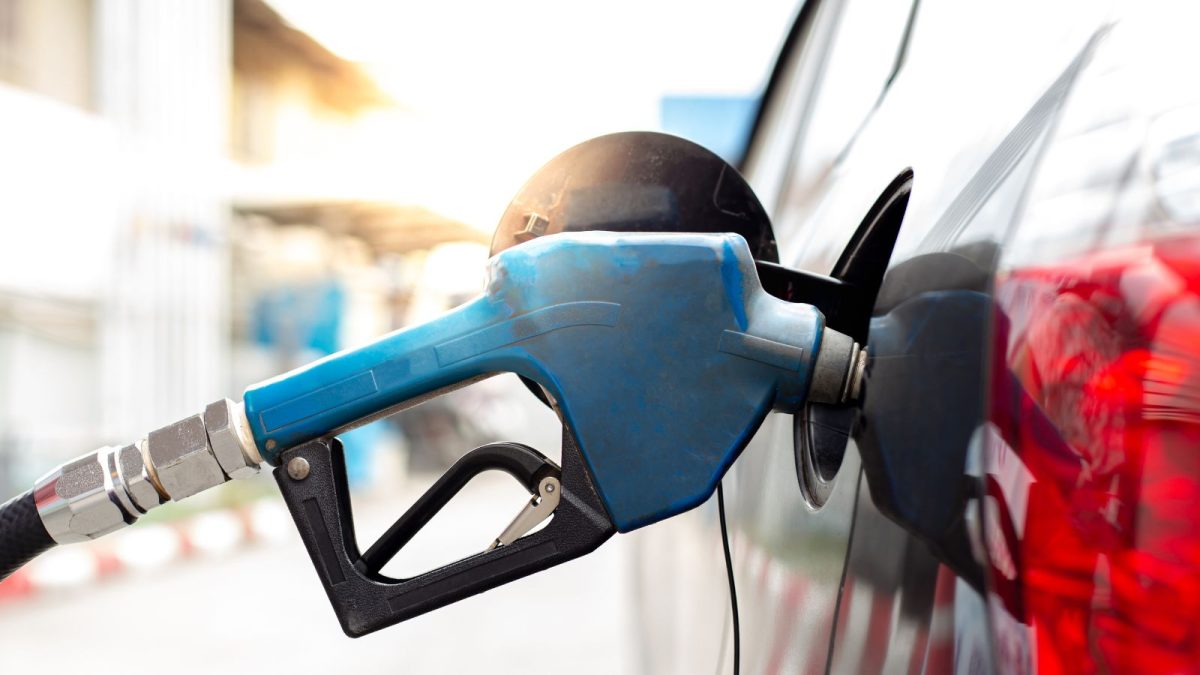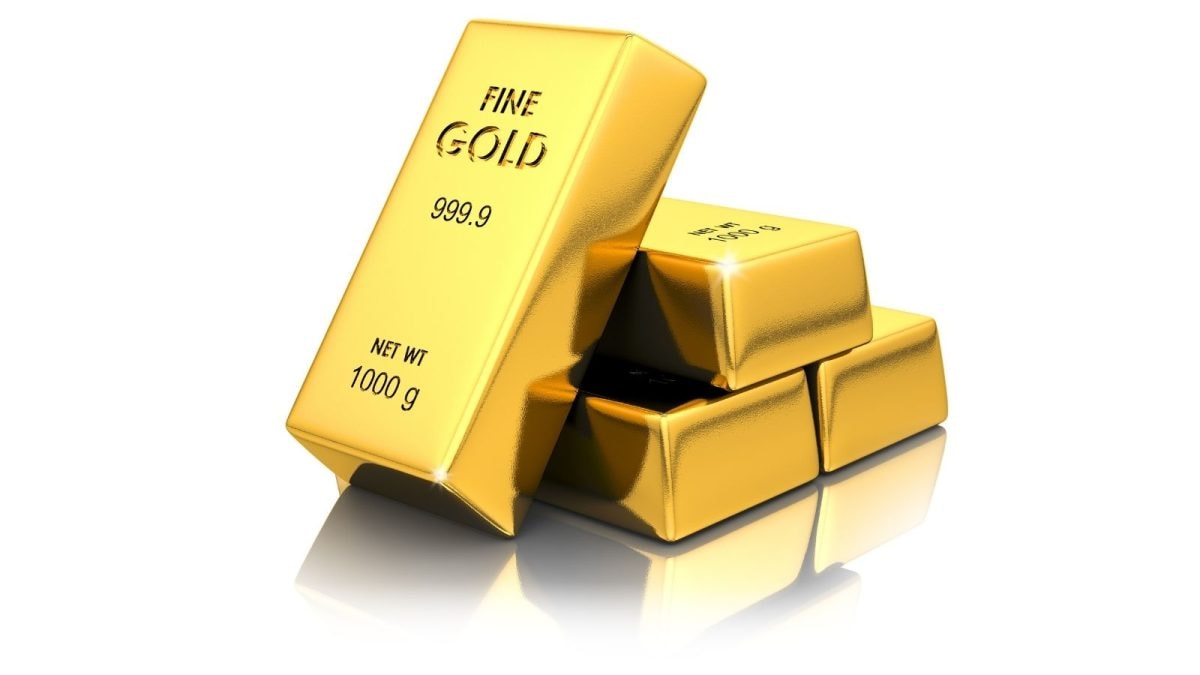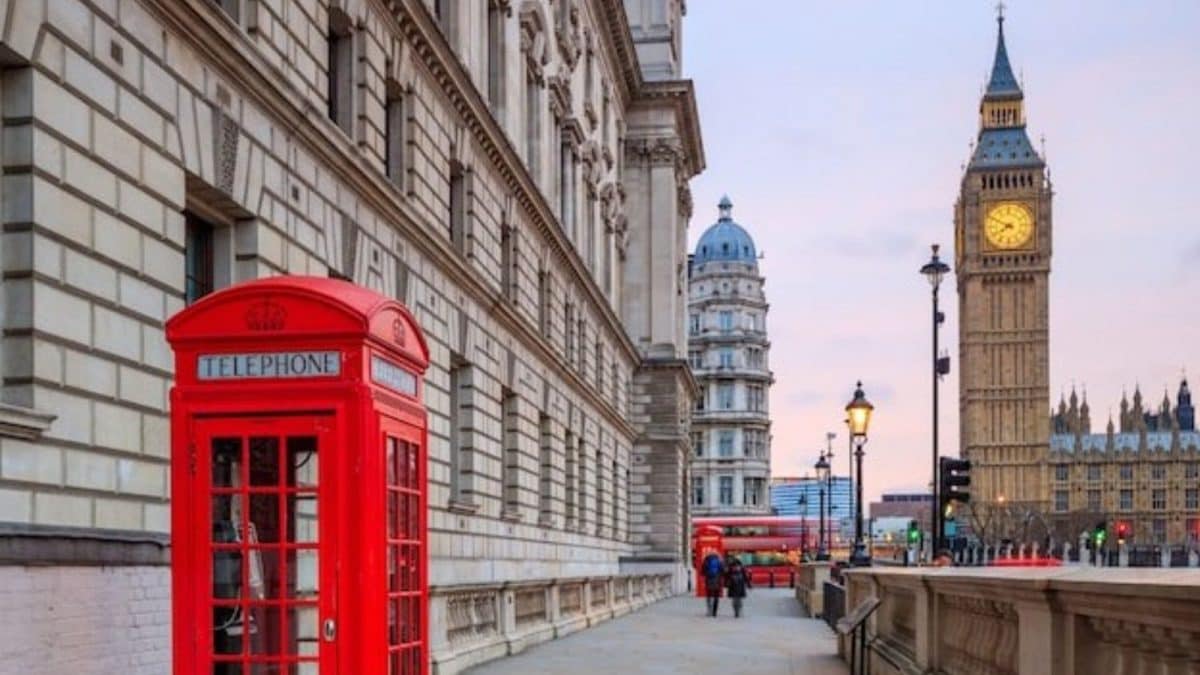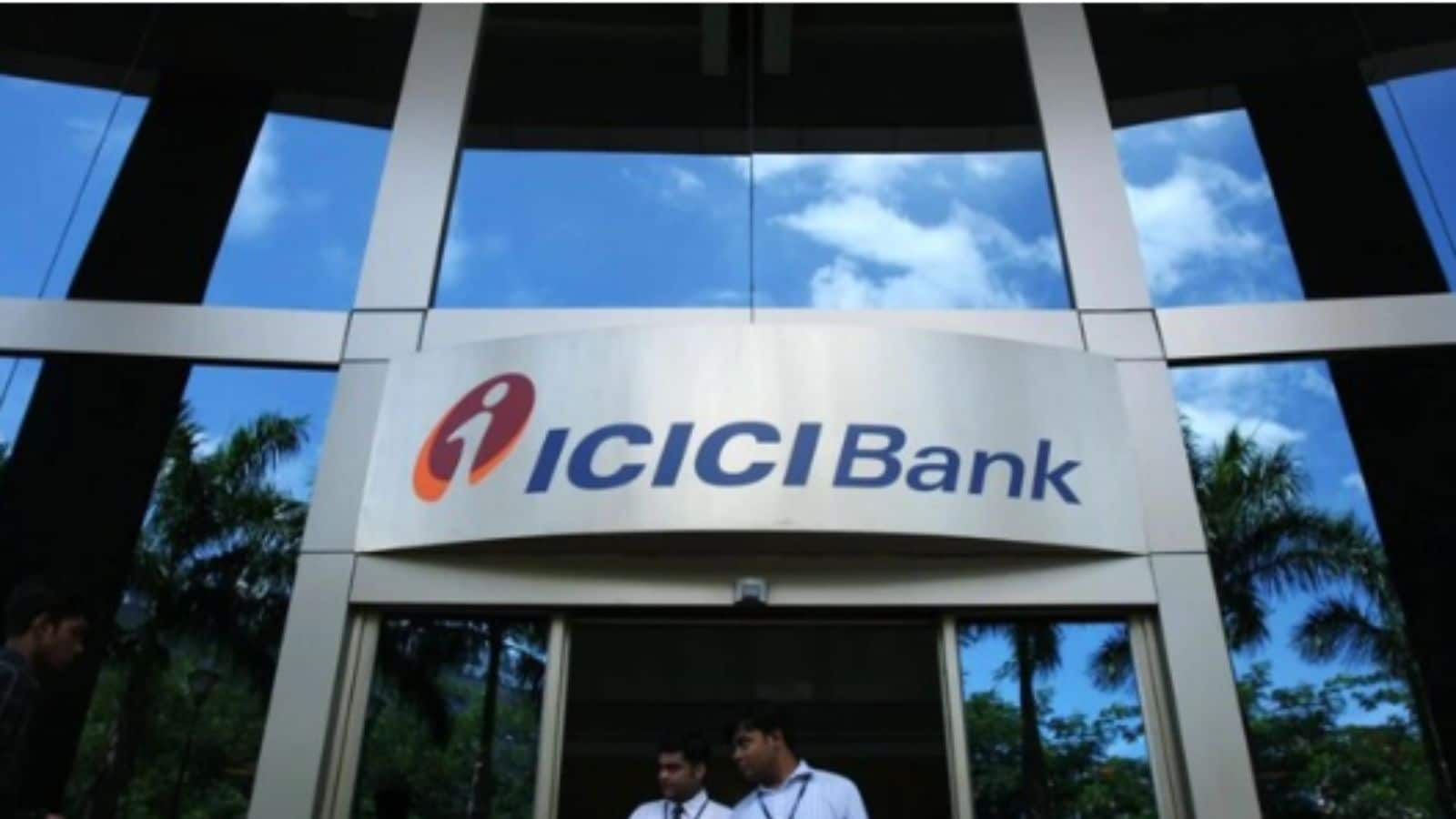Last Updated:
For consumers, this means budgeting for slightly higher fuel costs during festival travel. For businesses, it means factoring in rising logistics expenses just as demand peaks.

The likely outcome for the weeks ahead is moderate upward revision in petrol and diesel prices.
The price of fuel in India is always more than just a number on a roadside sign. It is a sensitive economic and political marker, one that touches households, businesses, transporters, and governments alike. As global crude oil once again shows signs of firming up, Indians are left wondering if the festive season will also bring heavier fuel bills.
The story is not straightforward. Petrol and diesel prices in India are influenced by a complex web of international markets, domestic taxes, government policies, and consumer demand. Let’s unravel where things stand now and what might lie ahead.
India’s Heavy Reliance on Crude Imports
India is the world’s third-largest consumer of crude oil, and it depends on imports for nearly all of its needs. This means that when global crude oil prices rise, India cannot escape the ripple effect.
The so-called Indian basket, which is the average price of crude that India imports from various sources, has been hovering around 68 to 70 US dollars per barrel recently. On Indian commodity exchanges too, crude has been trading at relatively high levels, reflecting this global pressure.
The rise in crude prices has many drivers. Geopolitical tensions, OPEC+ production cuts, sanctions on Russian exports, and growing demand from recovering economies all play a role. Currency movements also matter.
If the dollar strengthens against the Indian currency, the cost of imports in local terms rises even more sharply. For a country like India, where oil imports are among the largest components of the import bill, this directly impacts trade balances and inflation.
Why Pump Prices Do Not Move in Lockstep
If crude rises globally, why don’t Indian petrol and diesel prices automatically jump the next day? The answer lies in the structure of fuel pricing in the country. What an Indian consumer pays at the pump is a layered price made up of several components.
The first layer is the cost of crude itself. Added to that are refining costs, transportation, dealer commissions, and distribution margins. These are then topped by government levies in the form of central excise duties and state-level sales taxes or VAT. Taxes form the largest share of the final price, often accounting for 50 percent or more of what a consumer pays.
The central government levies excise duties that are largely fixed in amount, not percentage-based. This gives the Centre flexibility to absorb or pass on costs as it chooses. State governments, on the other hand, set VAT or sales tax rates that vary from state to state. This is why petrol might cost Rs 102 in one city and Rs 112 in another.
Governments also use excise and VAT adjustments as buffers. When crude spikes sharply, they may hold retail prices steady for some time and allow oil marketing companies to absorb the losses, or they may tweak duties later to avoid passing on the full burden to consumers in one go. For example, in April 2025, excise duty on petrol and diesel was raised by Rs 2 per litre. Yet the government stated retail prices would not be raised immediately, clearly showing the practice of cushioning consumers from sudden shocks.
The Festive Season Factor
India’s festive season is the busiest travel and consumption period of the year. Families travel to their hometowns, tourists hit the roads, and goods movement surges as retailers stock up for Diwali, Dussehra, and Christmas demand. Naturally, this means higher demand for petrol and diesel.
When demand is high and supply is tight, even small increases in crude or refining costs can push prices upward. Refineries and distributors also face more logistical stress during peak demand, which adds to costs.
Moreover, India is a significant exporter of diesel and other refined products. When global buyers, especially in Europe and Asia, place larger orders, domestic supplies tighten further. This export versus domestic balance often adds another layer of pressure on local prices.
Politically too, festivals are a sensitive period. Governments are reluctant to allow large price hikes just before or during Diwali or Navratri. Sudden spikes could cause public outrage and add to inflation worries. This often leads to a staggered or delayed pass-through of higher costs, with price hikes coming in smaller doses spread over weeks.
What Happens If Crude Keeps Rising
Looking ahead, if crude continues its upward march, India will have limited options. Oil marketing companies cannot sustain long-term losses if retail prices are artificially frozen.
Eventually, they need to align pump prices with input costs. If the government chooses to absorb the burden by reducing excise or asking OMCs to hold prices, it loses revenue and creates fiscal stress.
On the other hand, if prices are passed on fully, consumers face higher transport and logistics costs, which quickly spread to food, goods, and services. Inflation can rise, affecting household budgets and RBI’s monetary policy. This balancing act explains why retail fuel prices often move slowly compared to the speed of change in international crude markets.
State-Level Variations
Because each state sets its own VAT, price changes are uneven across the country. States that levy higher VAT see sharper increases when base costs rise. In some states, petrol is already well above Rs 110 per litre, while in others it hovers closer to Rs 100. Diesel too varies widely depending on local taxes.
To understand what might happen, consider current prices and how they could move if crude rises further.
| State / City | Current Petrol (approx) | Current Diesel (approx) | If crude climbs by US$ 5–10 per barrel → Estimated increase |
| Delhi | Rs 96.72 per litre | Rs 89.62 per litre | Petrol + Rs 2 to Rs 4; Diesel + Rs 1.5 to Rs 3 |
| Mumbai | Rs 106.31 per litre | Rs 92.89 per litre | Petrol + Rs 2.5 to Rs 4.5; Diesel + Rs 2 to Rs 3.5 |
| Chennai | Rs 102.63 per litre | Rs 94.24 per litre | Petrol + Rs 2 to Rs 4; Diesel + Rs 1.5 to Rs 3 |
| Bangalore | Rs 102.92 per litre | Rs 90.99 per litre | Petrol + Rs 2 to Rs 4; Diesel + Rs 1.5 to Rs 3 |
These are only ballpark figures. The actual impact will depend on whether governments choose to absorb part of the rise, whether oil companies stagger the hike, and how currency movements play out. Still, it shows how quickly prices can shift with even moderate changes in global crude.
If crude costs continue to rise, states will face pressure from both consumers and the Centre to cut VAT rates to soften the blow. Some fiscally stronger states may offer relief, while others may not. This will create a patchwork of fuel prices across India during the festive season.
A Political and Economic Tightrope
Fuel prices in India are not just about economics; they are deeply political. High fuel prices have in the past triggered protests, dented ruling parties’ popularity, and become rallying points for opposition groups.
Governments are acutely aware of this. That is why decisions on passing on crude cost increases are carefully timed and often delayed to avoid political fallout during sensitive periods.
At the same time, India’s long-term energy goals push in a different direction. Higher fossil fuel prices can encourage adoption of EVs, alternative fuels, and public transport. But in the short term, there is little substitute for petrol and diesel in India’s transport and logistics sector.
What to Expect This Festive Season
The likely outcome for the weeks ahead is moderate upward revision in petrol and diesel prices. The combination of higher crude, a weaker currency, and stronger seasonal demand makes it difficult to hold prices steady for long. However, governments will likely stagger hikes to avoid sudden consumer backlash.
You may not see overnight jumps of Rs 10 or more, but a gradual climb of a few rupees over several weeks is possible, especially in states with higher VAT. The hidden burden of the April excise hike may also start to show in retail prices once the government decides it is politically safer to allow increases.
For consumers, this means budgeting for slightly higher fuel costs during festival travel. For businesses, especially transporters and retailers, it means factoring in rising logistics expenses just as demand peaks. And for governments, it means walking the tightrope of balancing revenue, inflation control, and public sentiment.
Crude oil is once again reminding India of its vulnerability as a major importer. Petrol and diesel prices ahead of the festive season are set to be shaped by a tug of war between international markets, domestic taxes, government strategies, and consumer expectations.
While the full impact of rising crude may not be visible immediately, it is unlikely that Indian consumers will escape it entirely. As festivals bring more travel, trade, and celebration, they may also bring a little extra strain at the fuel pump. The puzzle of how much, how fast, and how fairly that strain is shared between consumers, companies, and the government remains unsolved and will be watched closely in the weeks to come.
October 03, 2025, 10:42 IST
Stay Ahead, Read Faster
Scan the QR code to download the News18 app and enjoy a seamless news experience anytime, anywhere.








